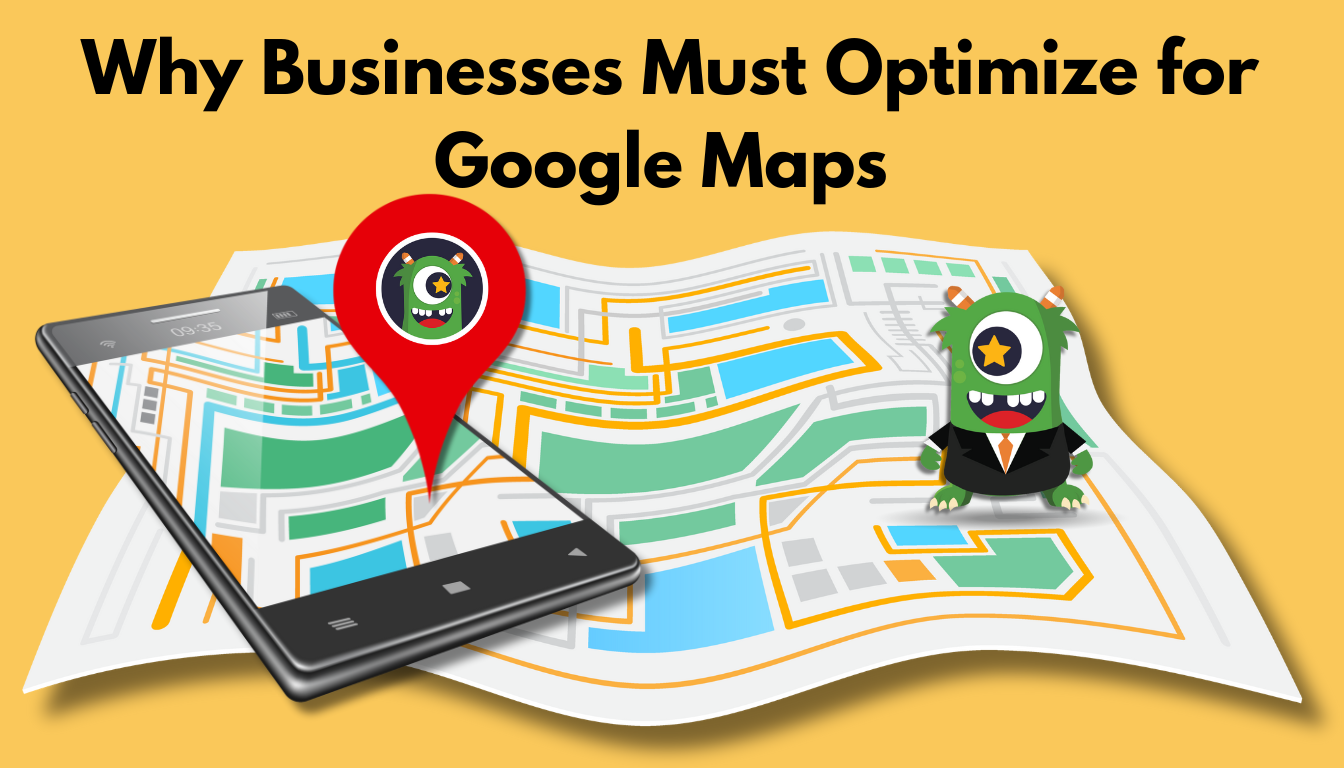When people search for products or services near them, Google Maps is no longer a secondary result—it’s the first decision point. If your business doesn’t optimize for Google Maps, you’re leaving money on the table and visibility up to chance.
Here’s why Maps matters—and how reviews, relevance, and optimization directly impact conversions and revenue.
1. Google Maps Is the New Front Door
When someone searches “best pizza near me,” “urgent care open now,” or “marketing agency in [city],” they’re not looking for blog posts or generic company pages—they’re looking for who’s nearby, who’s open, and who’s trusted. Google Maps listings are what show up first in these high-intent, location-based searches. These are often called “discovery searches”—and they’re booming.
In fact, over 86% of people use Google Maps to find local businesses, and Google’s own research shows that searches with “near me” have increased over 500% in recent years. This is where customers are choosing who to call, visit, or book with.
2. Maps Listings Convert Better Than Organic Results
Organic search results serve their purpose—but they don’t convert like Maps.
Here’s why:
- Visual Trust Signals: Star ratings, photos, hours, and proximity show up instantly in Maps results.
- Action-Oriented UI: Click-to-call, directions, website, and booking links make it frictionless for mobile users to take action immediately.
- Local Relevance: The algorithm surfaces businesses based on location, reviews, relevance, and activity—not just website SEO.
In short, a business with a strong Maps presence converts more because it’s exactly what the user is looking for, at the exact time they’re ready to act.
3. Reviews = Rankings. Rankings = Revenue.
Google Maps ranks businesses using three key signals:
- Relevance: How closely your listing matches the search query.
- Distance: How close you are to the searcher.
- Prominence: How well-known and well-reviewed your business is.
Reviews are the currency of local visibility. Google doesn’t just count how many you have—they analyze the keywords in reviews, the recency of feedback, and your response behavior. Businesses with higher review volume, quality ratings, and active engagement consistently outrank competitors—even those with better websites.
If you’re not proactively collecting, responding to, and showcasing customer reviews, you’re falling behind.
4. Google Maps Optimization Is the New SEO
Traditional SEO still matters, but for many service businesses, being able to optimize for Google Maps is now more important. That means:
- Claiming and fully optimizing your Google Business Profile
- Adding categories, service areas, hours, photos, and products
- Regularly posting updates and offers
- Actively collecting and responding to reviews
- Ensuring NAP (Name, Address, Phone) consistency across the web
This kind of local SEO directly influences where you appear in the Maps 3-Pack—the most valuable real estate in all of search.
5. It’s Not Just Visibility—It’s Credibility
Even if someone finds your business in organic search, they’re still checking your Maps listing for proof. The reviews. The photos. The Q&A. If your listing is incomplete or buried under competitors, you’ll lose the trust battle before you get the call.
Maps is no longer optional. It’s the heartbeat of local discovery, reputation, and revenue.
Bottom Line: Own the Map, Win the Click
If you want more calls, more foot traffic, and more conversions, your Google Maps presence needs to be polished, active, and trusted. Invest in optimizing your profile, generating high-quality reviews, and being visible where your customers are searching.
Because in the world of local search, Google Maps isn’t just a map. It’s your storefront, reputation, and sales funnel—all in one.

